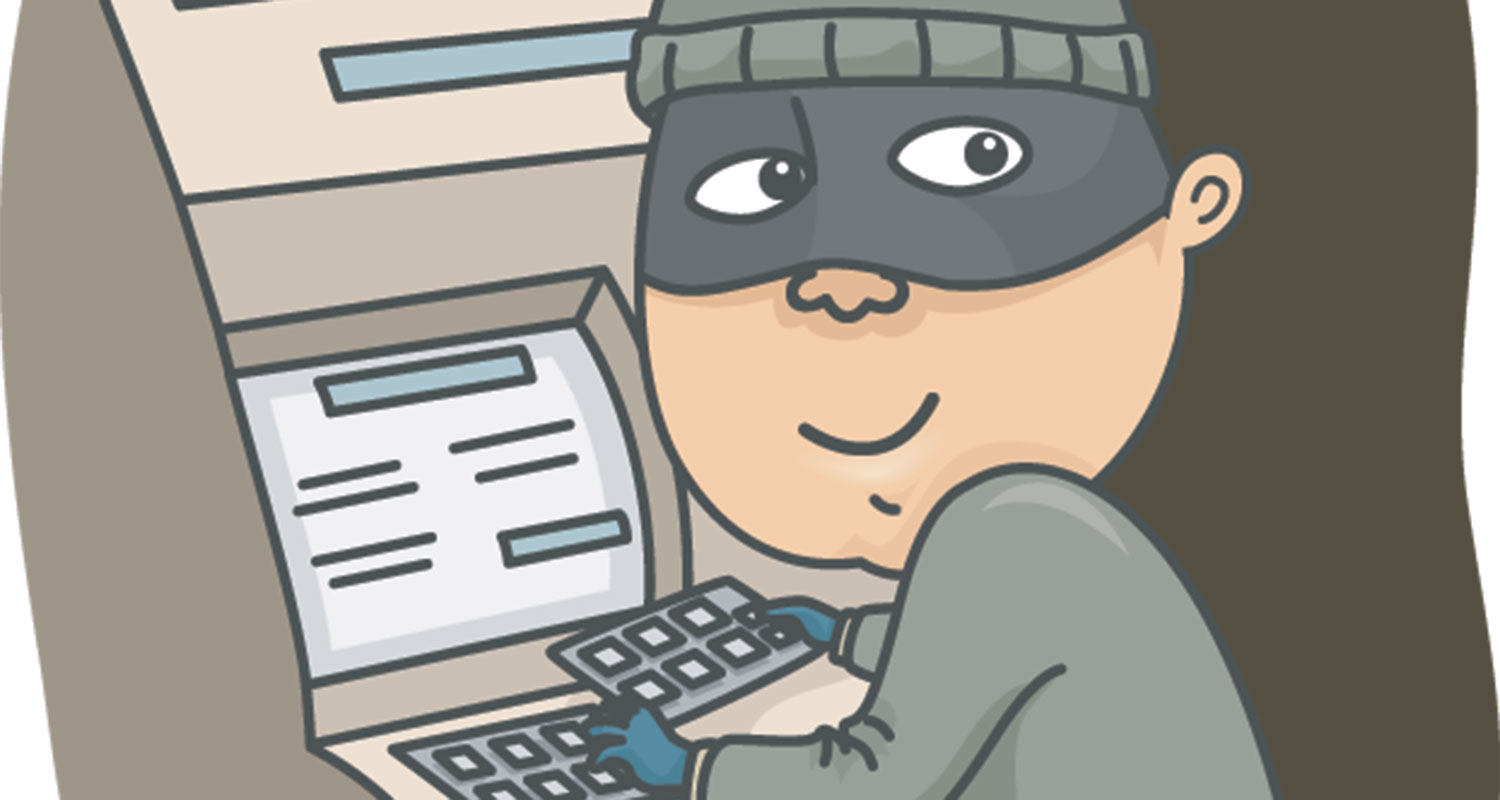Menu
ROUTING NUMBER: 307070050
Rest Confident, Your Money is Safe and Secure at Kirtland Credit Union, a message from our President & CEO. Learn More
All Kirtland CU branches and locations will be closed on Monday, September 2 in observance of Labor Day.
Our TellerPhone service is experiencing intermittent issues. We are working diligently to resolve. Please use our Online and Mobile banking services. We apologize for any inconvenience.
Phishing scams are on the rise – don’t get caught! Learn how to spot scams and more at our Fraud Awareness and Prevention Center.
If you have been financially impacted by the wildfires and floods in the Ruidoso area, we have options available to help. Call us at 1-800-880-5328 to learn more.
ROUTING NUMBER: 307070050


By Ashleigh, K-Staff
Card skimmers are not the newest method for stealing your credit or debit card information, but with technological advances, they are a very effective one.
Each time you swipe your card (or insert it, if you have an EMV-chip card), your card number and other sensitive information is read in order to complete your transaction. Skimmers are simple—placed directly over the card insertion area, the device takes its own reading of your information as you insert your card.
Sometimes, that information is stored until the thief returns for the device. In more sophisticated skimmers, your information is wirelessly transmitted directly to the thief (much safer for the thief).
Skimmers can be hard to spot: just a piece of small plastic that blends in with the card slot. And because they may not even interfere with your transaction, you’ll have no idea your information was stolen until fraudulent charges begin appearing on your account.
The level of sophistication in skimming devices varies. In additional being able to wirelessly transmit steal data, some skimming scams also involve cameras that can capture your PIN as you enter it, making it even easier to use the stolen information on the card. Even fake keypads have been associated with skimming scams.
Every time you swipe your card or enter your card information, there is a risk of theft and fraud. But by taking a few simple precautions, you can lower your risk of falling victim to this common method of stealing your data.
Choose your location wisely
Location matters. ATMs that are close to or even inside of a bank or credit union are relatively low-risk. Card readers inside stores are also unlikely targets. The amount of foot traffic and opportunity for observation make these locations unattractive to thieves. Pay-at-the-pump gas stations and ATMs in more remote areas are more likely targets.
Protect your PIN
No matter who is around you, be sure to shield your fingers as you enter your PIN on any keypad. Much as you’d use your hand to shade your eyes, covering your entry limits the ability of elicit cameras or other observers to record your PIN entry.
Jiggle, jiggle!
Does anything seem out of place or not right at the card reader? Walk away! Sometimes, card skimmer stick out half an inch, but many are very well designed and very hard to see.
Give the reader a little jiggle before inserting your card; if it’s loose, that’s a big red flag. Do not swipe your card.
If any piece of the equipment seems out of place, trust your instincts. It’s easier to avoid the theft than to try to repair the damage later.
Report to your credit union
If anything strange happens, contact your bank or credit union as soon as possible. If an ATM keeps your card or you notice that you’ve used a device with a skimmer, your bank can act quickly to avoid losses. You’re often protected from fraud in your account, but your liability increases as time passes.
Bottom line: be aware of your surroundings and choose your ATMs and card transaction sites carefully. Think like a thief!
Connect With Us
Routing Number: 307070050
6440 Gibson Blvd. SE, Albuquerque, NM 87108
Federally insured by NCUA Equal Opportunity Lender